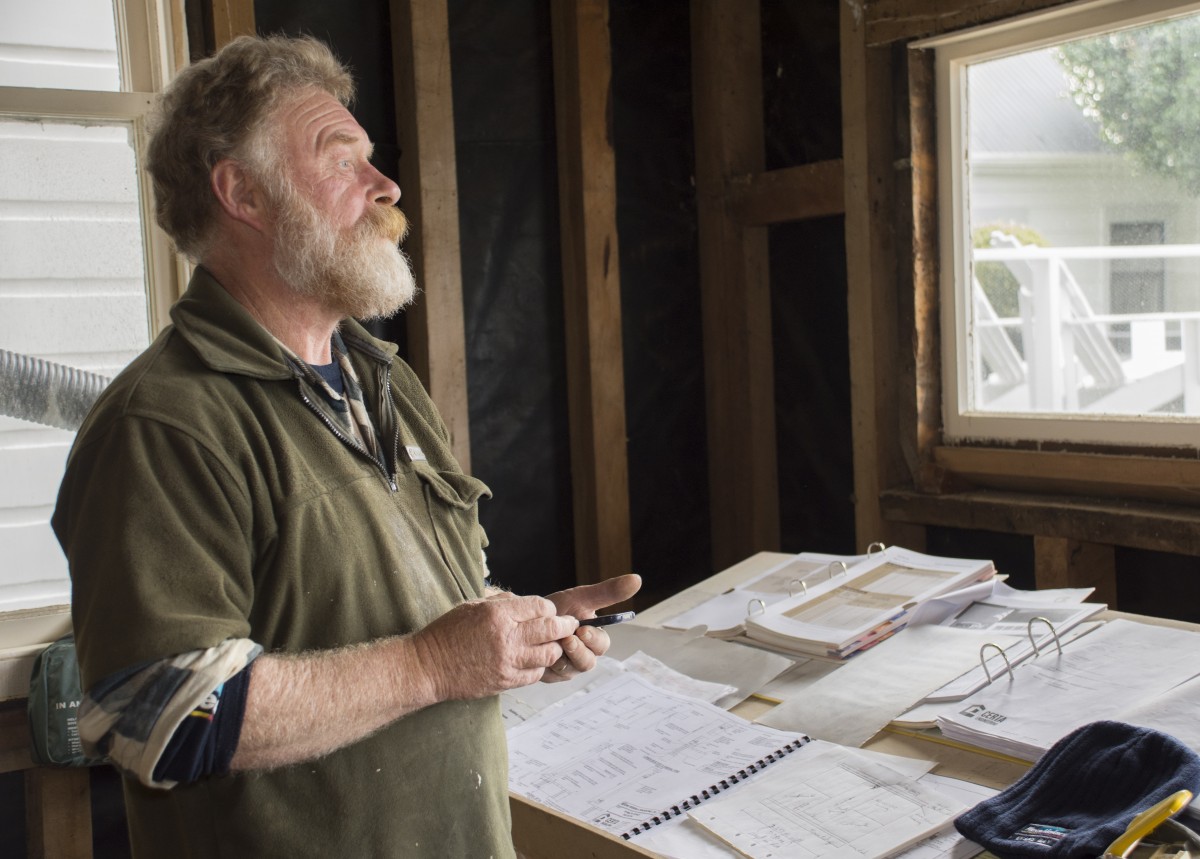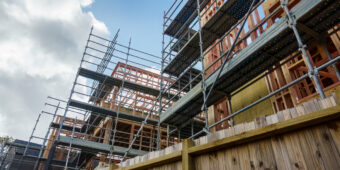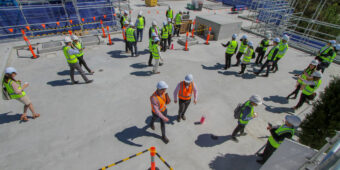GET YOUR LABOUR IN THAT FIXED PRICE RIGHT!
20 Nov 2019, Business Tips, Learn, Prove Your Know How

Accurately quoting a fixed price for labour is one of the trickiest parts of pricing a job. This month, the Successful Builder gives some tips on how to get this part of your quote right
Many builders find the task of producing accurate quotes frustrating. Under-estimating can cost a lot of money and overestimating may price you out of the market. But accurate quoting doesn’t need to be difficult – it is primarily about making use of your past experiences.
When jobs run at a loss, it is not normally because the quantities were wrong but usually because the job took longer than expected – a slow builder doesn’t use more materials than a fast builder.
As a result, it’s important to ensure that your labour estimates are as accurate as possible if you are going to succeed at fixed-priced jobs.
Producing quotations usually involves only three main elements:
- Estimating materials.
- Getting subcontractor quotes.
- Calculating how much employed labour you will need.
The first two are quite straightforward, although availability of subcontractors, and price increases on materials if delays occur can be an issue.
You can calculate materials or get a QS to produce a list for you. When it comes to subbies, they will usually give you a quote. That means the main area you need to master is the labour component. This is where your past experience is the most effective tool you have.
It takes time to become an accurate labour estimator – time and a consistent routine.
If you are not confident about estimating labour, then you need to take the time to master this important component of your business. It may be the difference between barely surviving and doing well. You can start now!
Outlined below are some simple steps you should have in place to develop a better labour estimating system. Once these steps have become routine, you should be able to produce fairly accurate labour estimates. This will enable you to offer fixed-price quotes with some level of confidence.
- Identify typical sections
Divide your typical job into clearly defined sections (8 – 12 may be adequate). If you are using a construction or management software application, check that your sections are consistent with those in the software.
Examples of typical sections in a new build might be:
- Site set-up
- Excavation
- Slab preparation
- Framing and trusses
- Roof
- Joinery
- Cladding
If you have more than one typical job, produce a set of clearly defined sections for each typical job.
2. Keep times
Set up a time-keeping system, so that team members record the hours worked in each section and for each job. When you tally these, you will know precisely how many hours have been spent on each section of a specific job. It’s a good idea to check that any time-keeping apps you use allow you to allocate hours to sections and to jobs.
Careful time recording is one of the most important records in a building business, yet it is one that very few builders do carefully. This means that if you do it well, you will be at an advantage in a competitive market.
Note: A careful time-keeping system is not only useful in quoting. You can use it to track the performance of your team/s on each job and identify quickly if a job is on schedule. A weekly review with the foreman discussing progress and projections will go a long way to keeping a job on track. If the job is getting behind, you will know sooner and be able to intervene early – this is one of the core activities to ensure financial stability in your business.
3. Build rates tables
From the information you get by tracking hours, you can develop rates tables to guide you in future estimating. The first time through, you will have rates from only one job. It’s important not to take your first time-keeping results as gospel, because it’s a very small survey size and even seemingly similar jobs can be very different in reality. The more jobs you track, the higher the likelihood that the average will be about right.
Once you have rates based on several jobs, you will be able to estimate with a growing level of confidence. Further, the different jobs will give you more benchmarks for comparison.
For example, a rates table (sample below) makes it reasonably easy to estimate the time for a specific floor using these actual times as a guide.
Note: It is a good idea to keep a record of the skill level of the people doing the hours on each job. If the make-up of the team changes, then you may need to make an allowance. For example, if a team of three highly skilled people did a section of a job in 100 hours, you might want to estimate 120 hours for a team of lesser skill. It’s worth noting that the total cost for the quotation may not be much different, as you will be paying the lower skilled team members less per hour.
It takes time to develop your rates tables, but once you have done this for each of your sections, you will be able to estimate labour with much more certainty. Then after you complete jobs that used your rates tables to estimate, you can check how accurate your estimates were, make any adjustments needed, and over time have more confidence in building your labour estimate.
4. Other considerations
If you are not confident about the labour component of a section, then tag it out of your quotation. It is better not to win a job, than to lose money on it.
Remember that the margins you add to materials, subcontractors and labour need to be sufficient to ensure that your company is both financially viable and returns an adequate profit to the shareholders.
So, investing time into your quoting system now will pay off in the long run.
Graeme Owen is a builders’ business coach at thesuccessfulbuilder.com. Since 2006, he has helped builders throughout New Zealand get off the tools, make decent money, and get more time in their lives.
Grab a copy of his free book: The 15 Minute Sales Call Guaranteed To Increase Your Conversion Rate or join Trademates and connect with builders who are scaling too
Register to earn LBP Points Sign in
2 Comments
Leave a Reply
You must be logged in to post a comment.




Brilliant
done